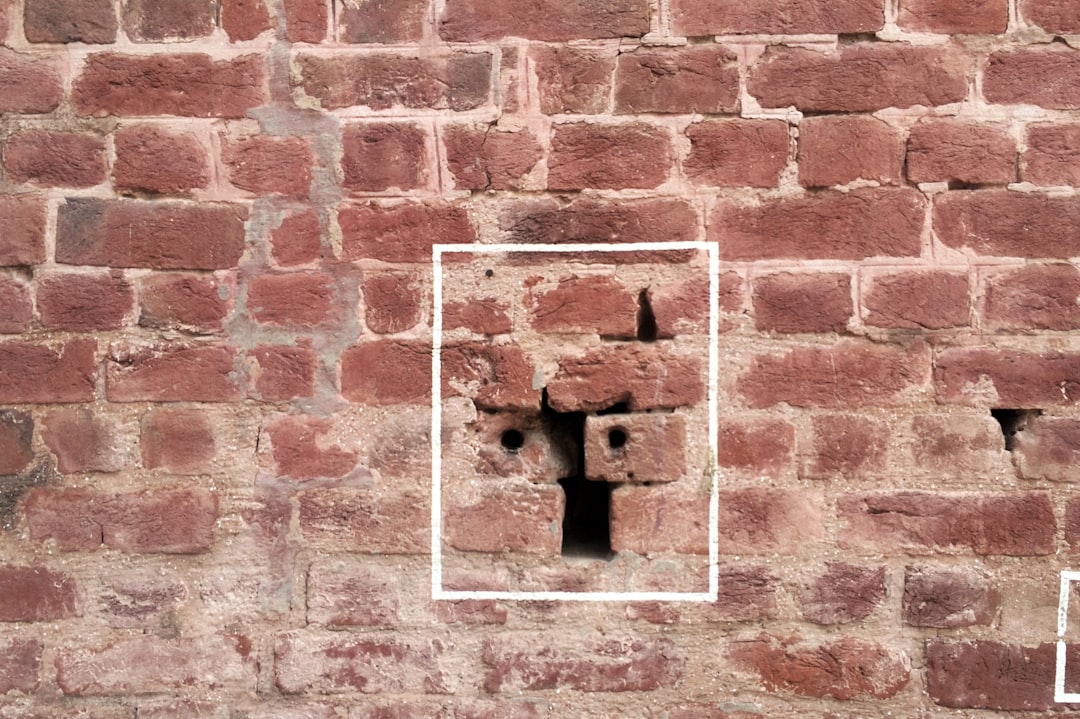What is it about?
COVID-19 shelter-in-place orders varied around the United States. Differences emerged between COVID-19 safety behaviors and stockpiling materials. We applied two theories that provide guidance for public health messaging for future disease pandemics.
Featured Image

Photo by Nick Fewings on Unsplash
Why is it important?
The United States varied in their approach to the COVID-19 pandemic, and let states decide on shelter-in-place mandates. This is important because the variation led to different rates of COVID-19 protective behavior compliance. Our findings show that COVID-19 safety behaviors that mirrored CDC guidelines (e.g., mask wearing, social distancing, washing hands) were different than stockpiling behaviors (e.g., bottled water, food, toilet paper). COVID-19 is not likely to be the last pandemic, and our results provide guidance for public health messaging to increase compliance with protective behaviors that reduce the spread of disease.
Perspectives
I hope this article leads to more conversations about government approaches to disease pandemics and public health messaging. I believe we need to improve public trust in government officials and public health experts because we are dealing with an infodemic of misinformation.
Daniel Harmon
Palo Alto University
Read the Original
This page is a summary of: Young adult coping and perceived susceptibility early in the COVID-19 pandemic: A fuzzy-trace theory application., Journal of Applied Research in Memory and Cognition, February 2024, American Psychological Association (APA),
DOI: 10.1037/mac0000159.
You can read the full text:
Contributors
The following have contributed to this page










